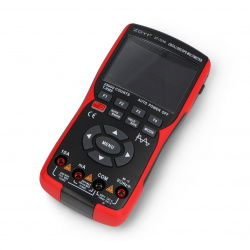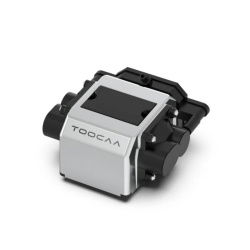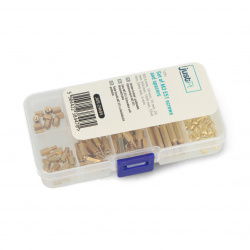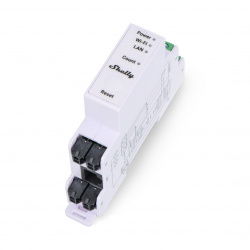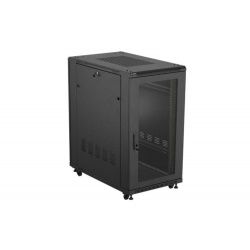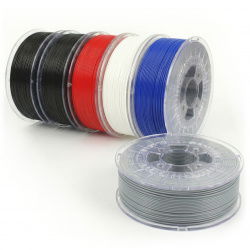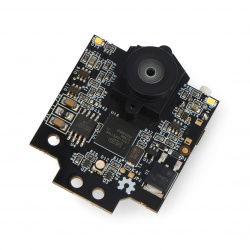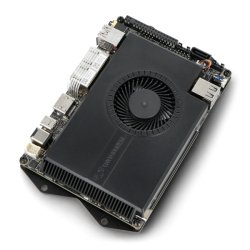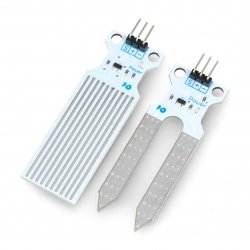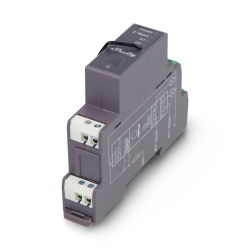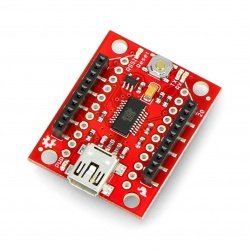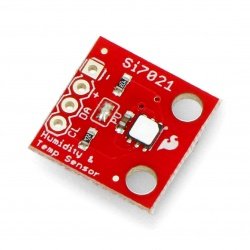What's Rock Pi? Let's get to know each other better!
The world of microcomputers is becoming more and more fascinating, and manufacturers are offering their customers more and more advanced devices that allow them to carry out the most ambitious projects. Rock Pi is very popular among robotics, DIY enthusiasts and programmers. First of all, it is distinguished by its very versatile application. It can be used both by professional electronics and for hobby purposes for experimentation and DIY. It works well as a controller that will serve you to manage an intelligent building. Imagine that the light automatically turns on when it detects movement nearby and the blinds in the windows reveal themselves with the first rays of sunlight. Rock Pi is also an interesting option for building a new game, so the microcomputer is also popular among players. Moreover, it is perfect as a measuring device and in modern, intelligent robots. Rock Pi can also be used to create a multimedia player for playing movies and music.
The minicomputer is very versatile. You can install any system on it, like Linux, and then you can use it as a regular laptop, of course when you connect the keyboard and screen to it. The Rock Pi boards are based on a dual-core processor, which has at least 1 GB of RAM. They are equipped with HDMI, USB 2.0 and USB 3.0 ports. They also have a built-in WiFi, Bluetooth and Ethernet Gigabit connector with PoE function, which allows you to connect a power supply to the board simultaneously via the port connecting the device to your computer network.
Rock Pi boards and utilities
We offer a wide range of Rock Pi tiles, as well as practical utilities and accessories to expand the device so that it can carry out your planned projects. The Rock Pi 4A and 4B include the Rockchip Hexa-Core-CPU, which makes them stand out with a significant boost in computing power, much greater than that of other developer boards. If you decide to use 4GB of RAM, you can expect fast and efficient data processing. You can expand the memory, use the built-in eMMC slot, and gain as much as 2 TB of memory with an M.2 SSD.
Check out the offer of our store, where you will find fourth generation Rock Pi A and B boards in different versions with RAM from 1 GB to 4 GB. There is also a large selection of overlays, among which there is an overlay that allows using an external SSD. We particularly recommend eMMC memory modules: 16 GB, 32 GB, 64 GB and 128 GB, as well as radiators, which help to optimize the board's operation by draining excess heat. Thus, the device is protected against possible damage. Moreover, select the USB module of eMMC memory factors, so you can upload any operating system to the board.






























































































































































































































































































































